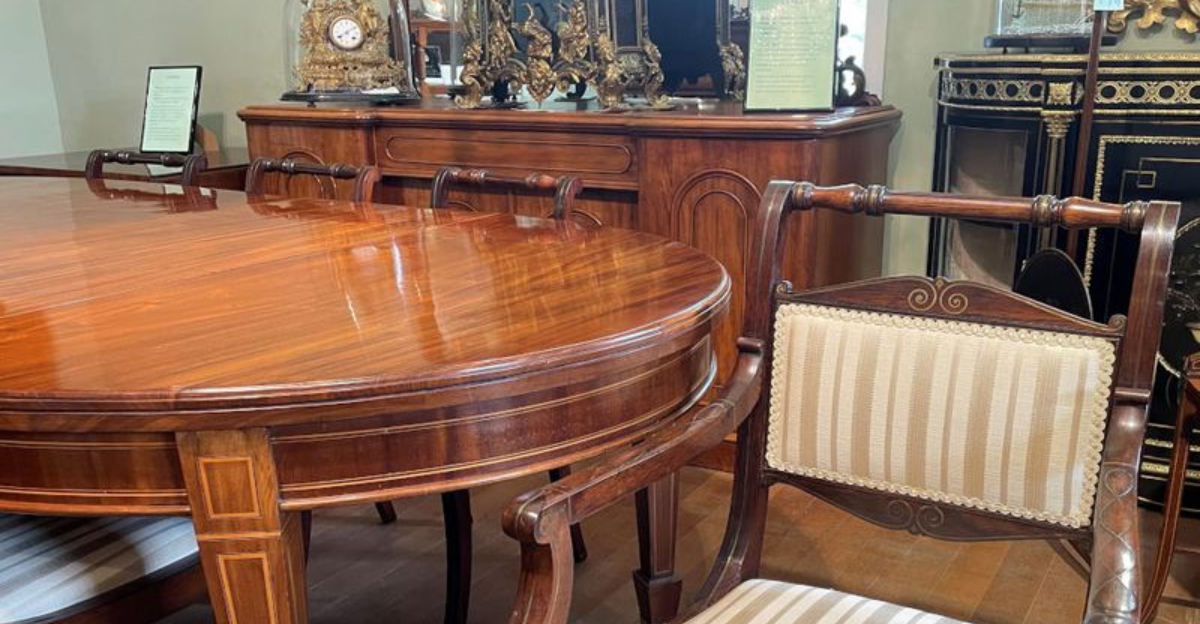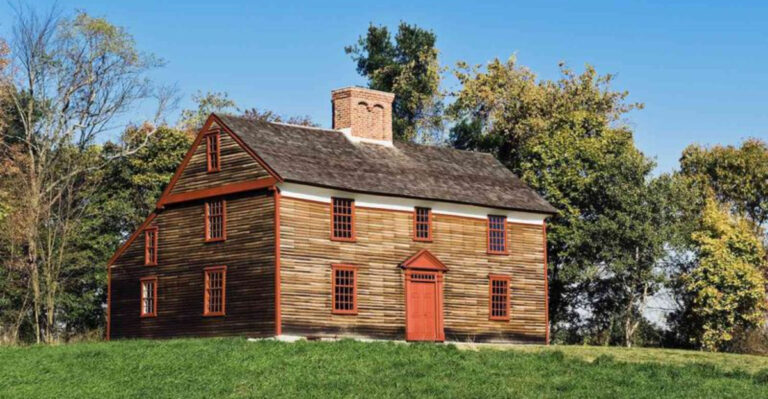15 Ways to Tell the Difference Between Vintage and Antique Items
Ever wondered if that quirky lamp at the flea market is genuinely old or just trying to look the part? Knowing whether something is vintage (20-99 years old) or truly antique (100+ years) can mean the difference between a modest find and a valuable treasure.
These practical identification techniques will transform you from confused browser to confident collector faster than you can say ‘mid-century modern.’
1. Examine the Hardware
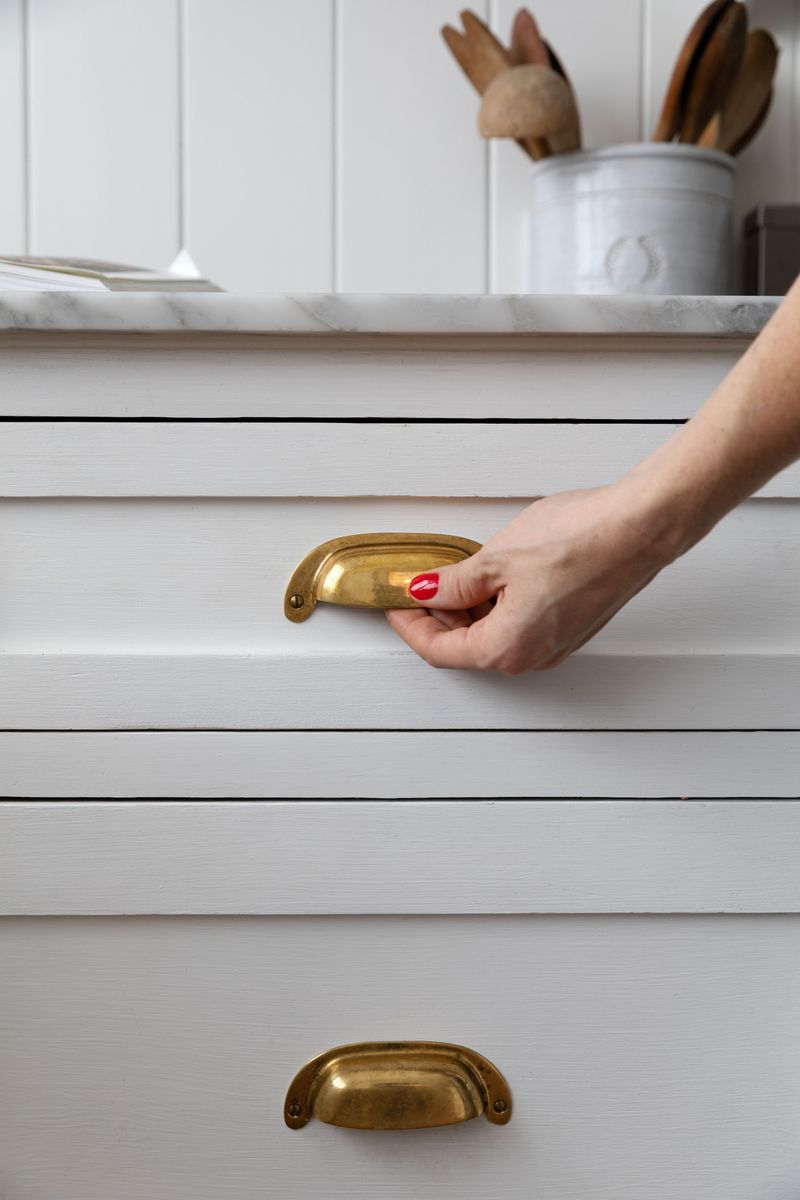
Those little metal bits tell big stories! Antiques often feature hand-forged nails, square-headed screws, or irregularly-sized hardware with signs of handcrafting.
Vintage pieces typically have machine-perfect Phillips-head screws (invented in the 1930s) or standardized components. Modern reproductions might add fake patina to hardware but can’t hide those perfectly machine-cut edges.
2. Feel the Weight
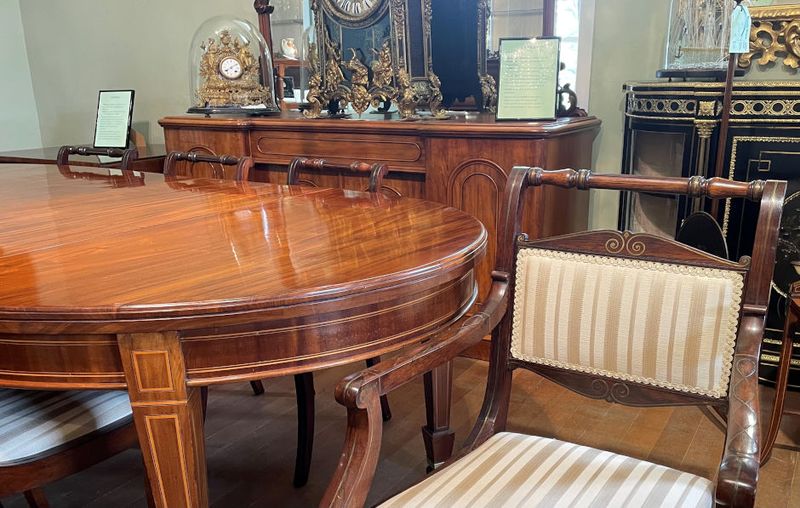
Grab that dresser and give it a gentle wiggle! Antiques typically weigh more than their modern counterparts, built with solid hardwoods throughout—even in hidden areas.
Vintage pieces might combine solid fronts with plywood backs. That suspiciously light “antique” sideboard? Probably a reproduction using veneer over particleboard, a dead giveaway it’s neither vintage nor antique.
3. Inspect Joinery Methods
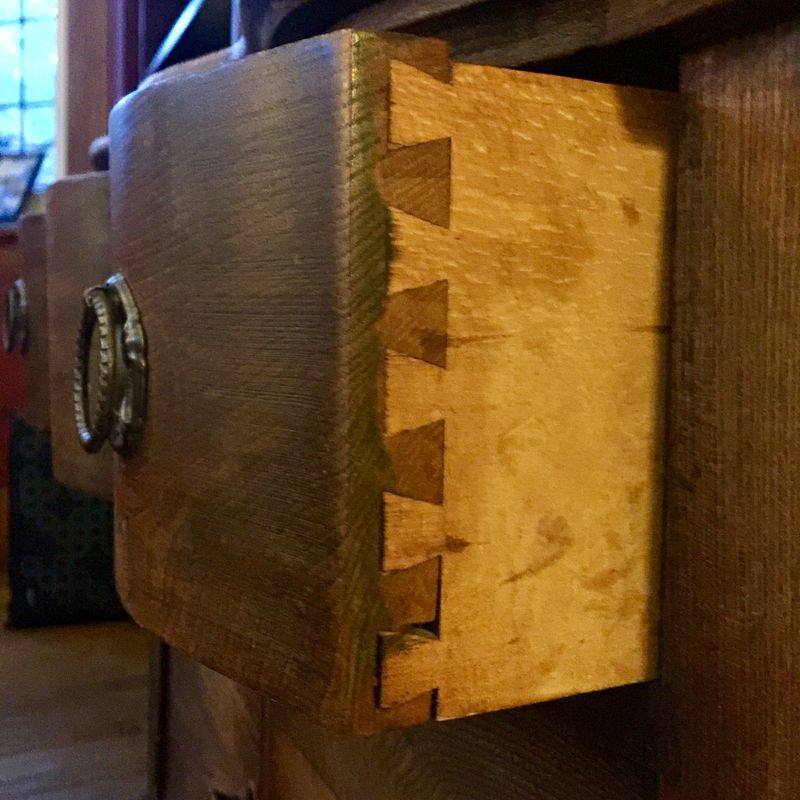
Flip that chair upside down! Antiques showcase hand-cut dovetail joints, mortise-and-tenon connections, or wooden pegs instead of screws.
Vintage pieces might combine traditional joinery with early machine methods. Look for slight irregularities in antique joinery—perfection usually signals modern manufacturing. Those perfectly identical dovetails? Machine-cut, placing the piece in vintage territory at best.
4. Study Material Evolution
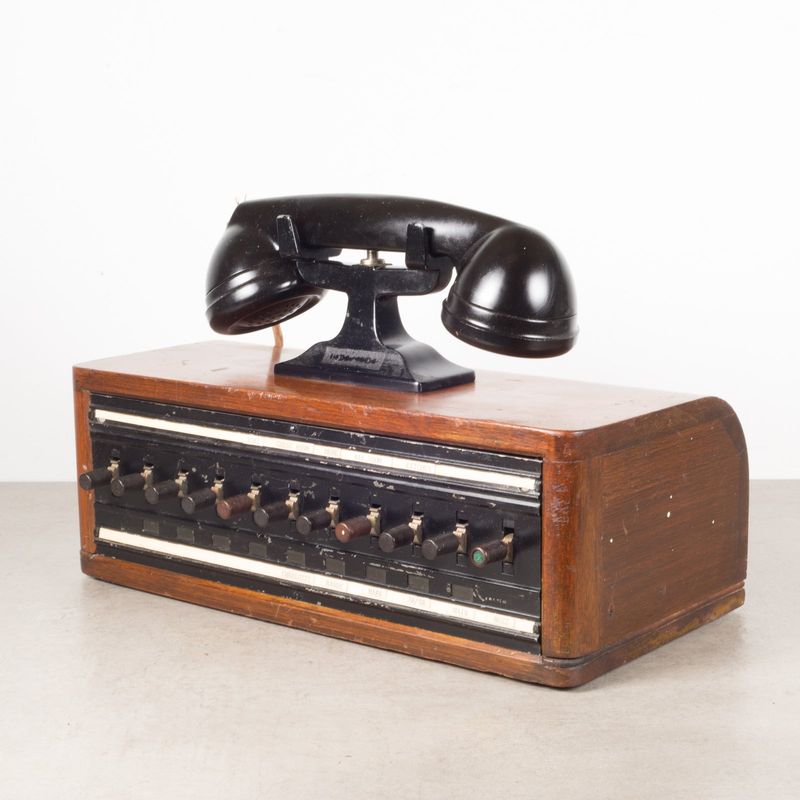
Materials are time-travelers with stories to tell. Bakelite (early plastic from the 1920s-30s) feels warm and produces a distinctive clunk when tapped against itself.
Certain woods fell from fashion in specific decades—mahogany dominated the 1700s while oak reigned in the Arts & Crafts era. That avocado-colored plastic? Pure 1970s vintage, while anything acrylic or lucite screams mid-century rather than antique.
5. Check for Machine Marks
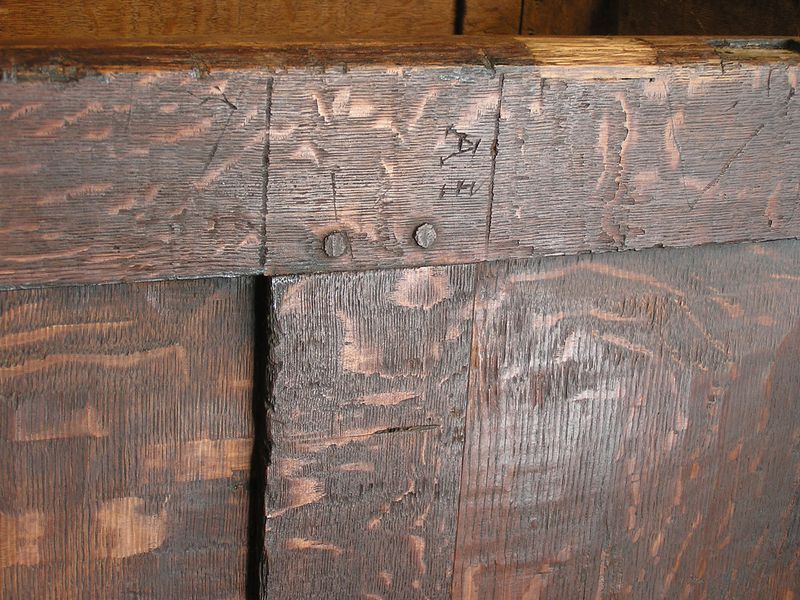
Grab your magnifying glass, detective! Antiques often show irregular hand-planing marks or subtle inconsistencies that reveal human craftsmanship.
Vintage items typically display perfectly consistent circular saw marks that only appeared after the 1830s. Those perfectly smooth surfaces without any character? Dead giveaway of modern manufacturing processes trying to masquerade as older pieces.
6. Decode Maker’s Marks
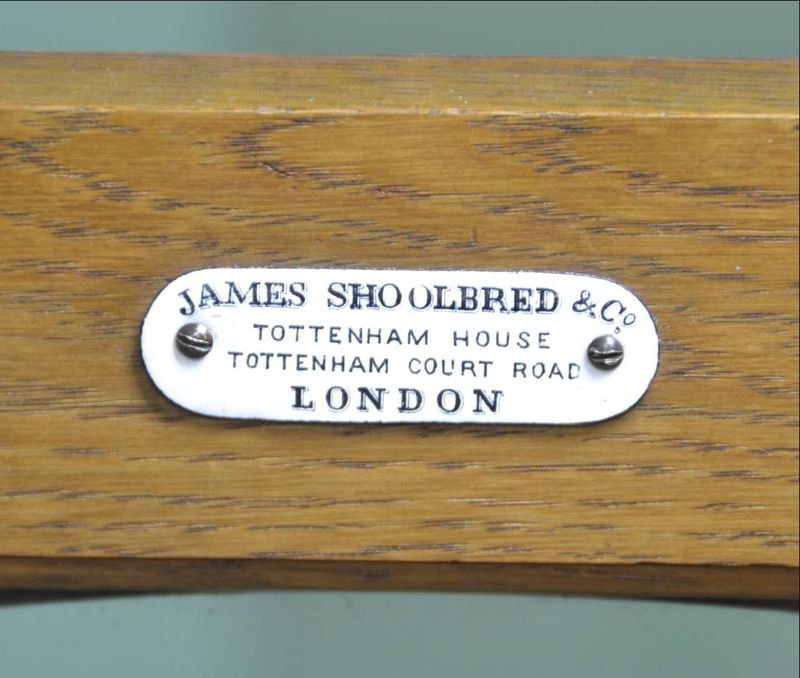
Flip it over and play history detective! Antiques often feature hand-stamped or irregularly applied maker’s marks, sometimes with archaic spellings or outdated company addresses.
Vintage pieces typically have more standardized logos or manufacturing labels. That “ye olde furniture shoppe” stamp with perfect printing? Probably a modern fake trying too hard. Genuine marks often provide exact dating clues for the serious collector.
7. Analyze Patina Development
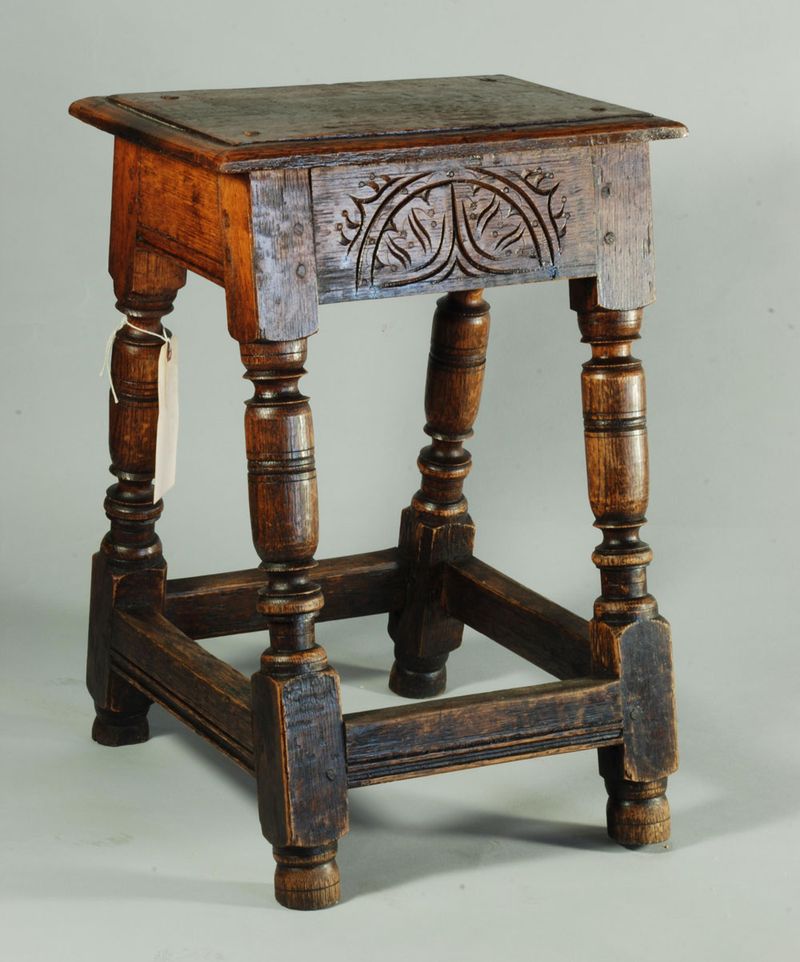
Real age creates a patina that can’t be faked (though many try!). Antiques develop an authentic surface glow from decades of gentle use and oxidation.
Vintage items show more intentional finishes with less natural aging. Watch for suspiciously uniform “aging” or artificial distressing—real patina is never perfectly even. That too-perfect aged look? Someone with a cheese grater and some stain had fun last weekend.
8. Spot Telltale Technology
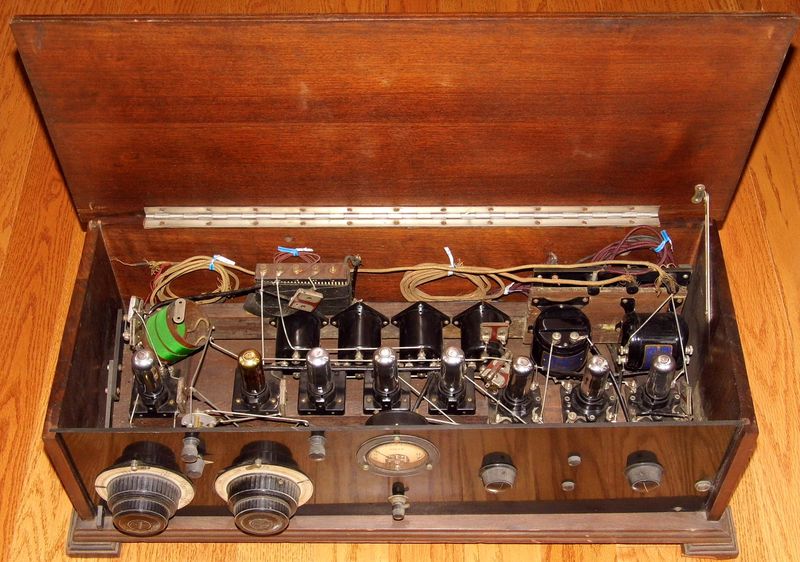
Technology evolves faster than fashion! Antique appliances lack electrical components entirely or feature primitive wiring with fabric insulation.
Vintage electronics often have specific technological giveaways—Bakelite knobs, vacuum tubes, or specific plug types. That “antique” radio with a transistor? Definitely vintage at best. And anything with digital displays or plastic buttons? Not even close to antique territory.
9. Identify Period-Specific Styles
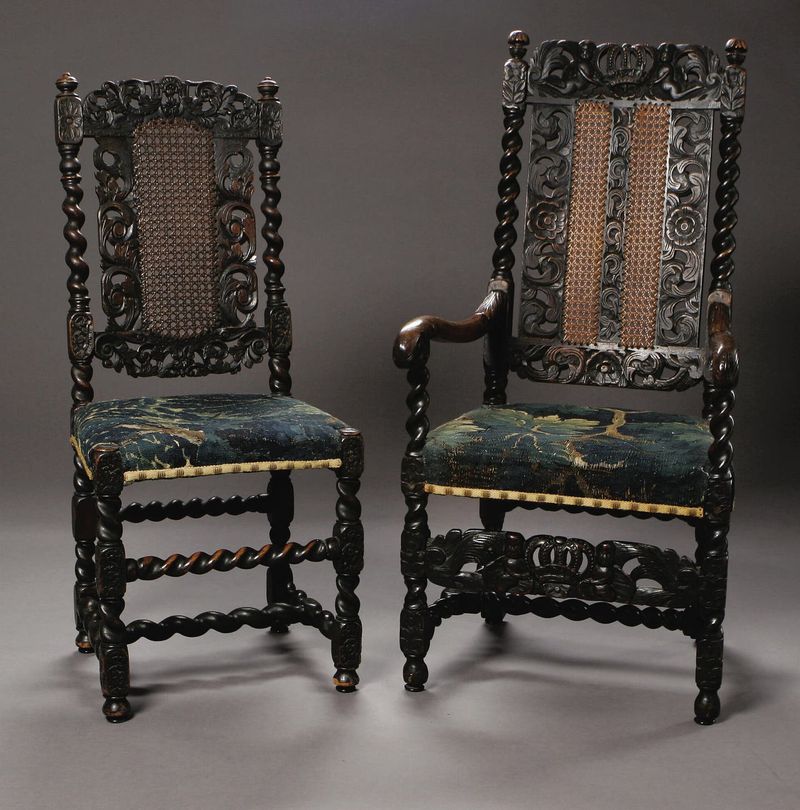
Fashion history provides perfect dating clues! Authentic Victorian pieces (1837-1901) feature ornate carvings and dark woods, while genuine Art Deco (1920s-30s) showcases geometric patterns and streamlined forms.
That avocado green kitchen set? Pure 1970s vintage. The oak piece with mission-style elements? Arts & Crafts era. Most telling? When styles mix incorrectly—like “Victorian” furniture with mid-century elements—you’ve spotted a reproduction.
10. Investigate Manufacturing Uniformity
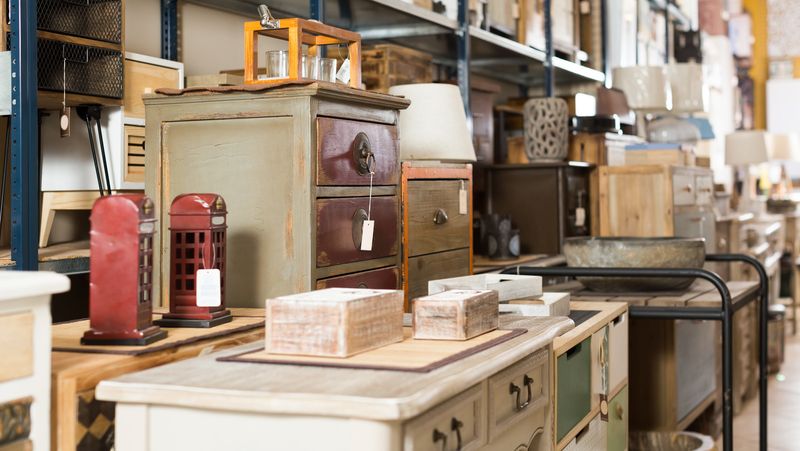
Consistency tells tales about age! Antiques show charming irregularities—slightly uneven drawer sizes or subtly different spindle shapes on chairs from the same set.
Vintage items show early machine production with greater uniformity. Modern pieces masquerading as antiques? Too perfect to be true. That set of “antique” dining chairs where every spindle is identical down to the millimeter? Machine-made pretenders from the vintage era or newer.
11. Assess Wear Patterns
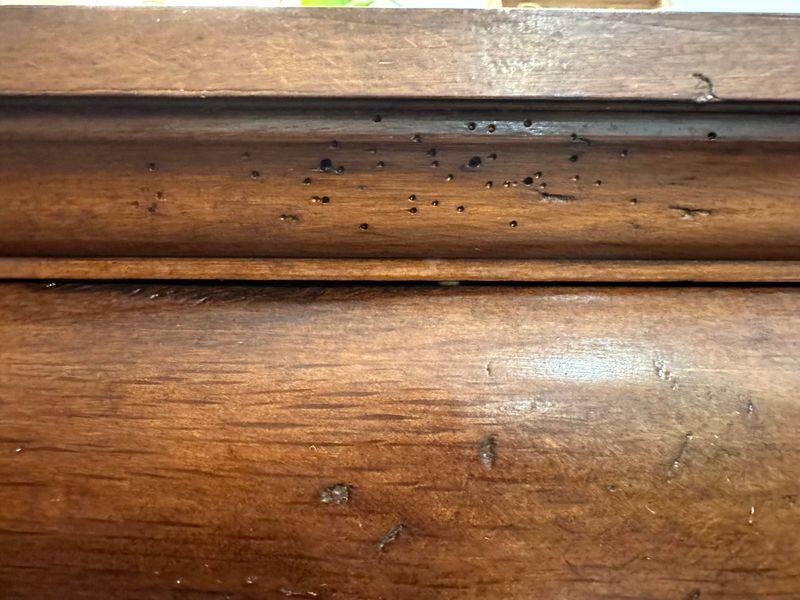
Genuine age creates honest wear! Antiques show logical patterns—worn edges exactly where hands would grasp, or floor wear precisely where feet would rest.
Vintage items display less pronounced but similarly logical wear. Beware the suspiciously distressed “antique” with wear in illogical places or uniformly applied across surfaces. That chest with identical wear on all drawer fronts? Someone took sandpaper to it last Tuesday.
12. Evaluate Glass Characteristics
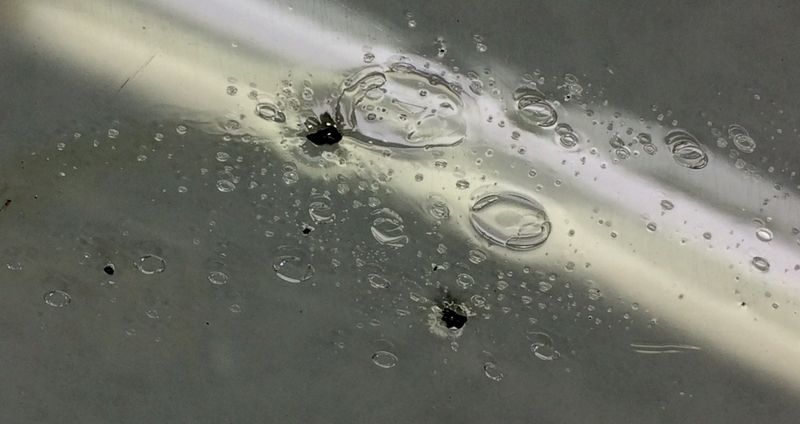
Glass tells timebound tales! Antique glass often contains tiny bubbles, waves, or imperfections from hand-blowing techniques used before 1920.
Vintage glass shows more uniformity but might feature distinctive colors—like Depression glass’s characteristic pinks and greens. That “antique” bottle with perfectly smooth, crystal-clear glass? Probably modern. Real old glass catches light differently, with subtle waves visible when held against sunlight.
13. Decipher Label Clues
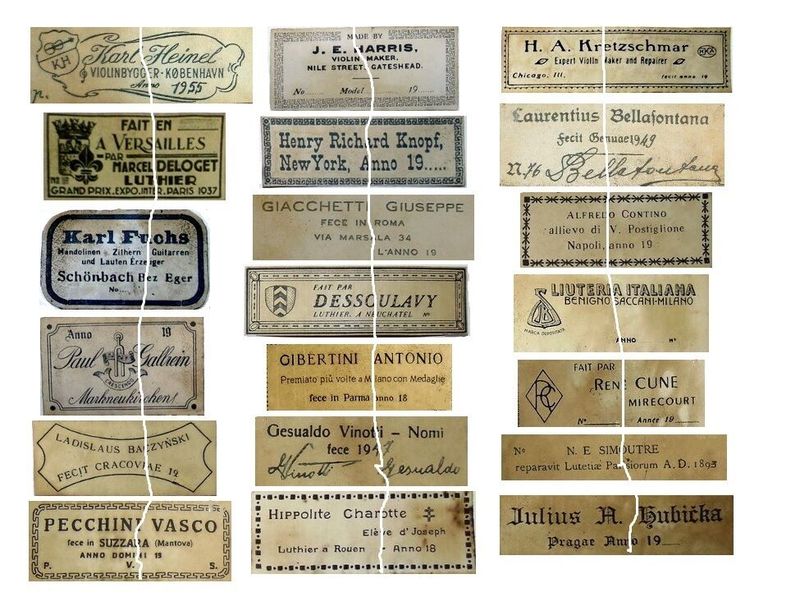
Labels speak volumes about age! Antiques might feature hand-written paper labels, primitive stamping, or early printed materials with distinctive typography styles.
Vintage items often have early mass-produced labels with mid-century graphics or fonts. That “antique” with a perfectly preserved, crisp label? Suspicious. Genuine old labels show appropriate aging, fading, and wear that’s nearly impossible to fake convincingly.
14. Scrutinize Finishing Techniques
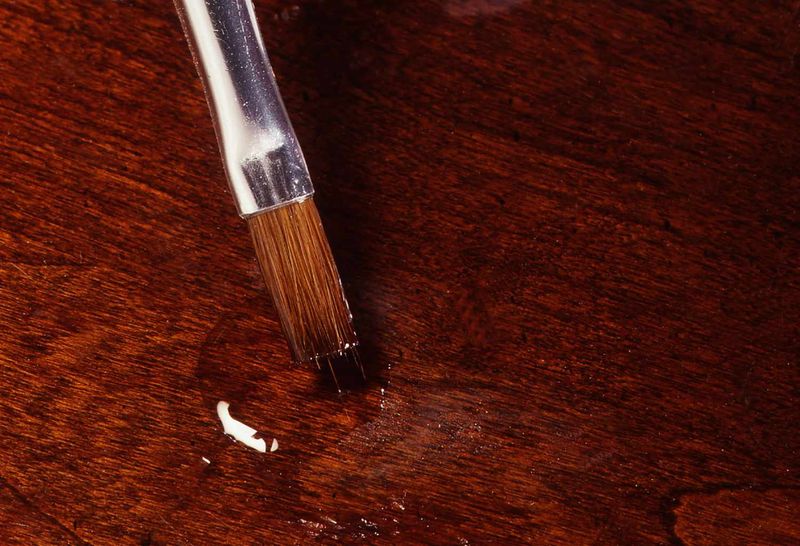
Finishes evolved dramatically over centuries! Antiques often feature shellac, milk paint, or oil varnishes that age with characteristic craquelure (fine cracking patterns).
Vintage pieces might showcase early synthetic lacquers or distinctive colored finishes. That “antique” with polyurethane’s plastic-like sheen? Definitely modern. True antique finishes feel organic and thin, often allowing wood grain to remain tactile rather than sealed under glass-like surfaces.
15. Recognize Regional Signatures
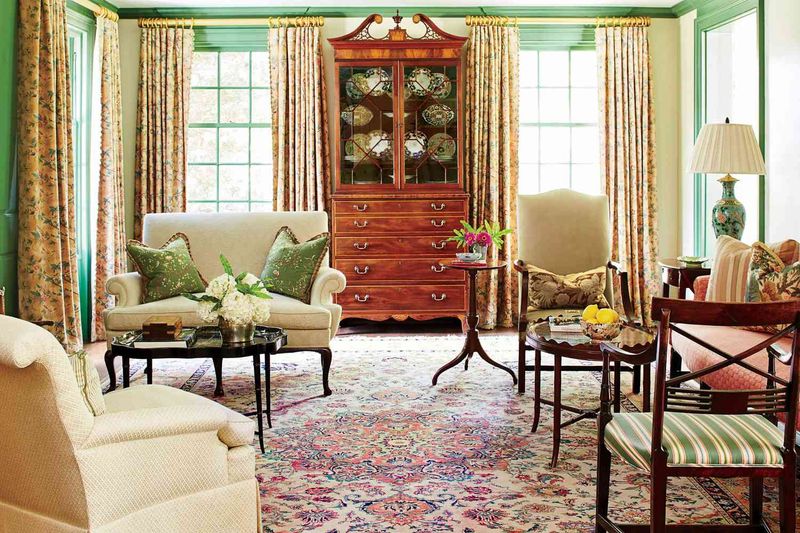
Geography leaves distinctive fingerprints! American antiques differ significantly from European counterparts—American Colonial pieces feature simpler lines than their ornate European contemporaries.
Vintage items often reflect regional manufacturing hubs—North Carolina furniture has different characteristics than Michigan-made pieces.
That “French Provincial antique” with distinctly American wood species? Someone’s playing fast and loose with history. Regional construction methods can be your authenticity compass.

